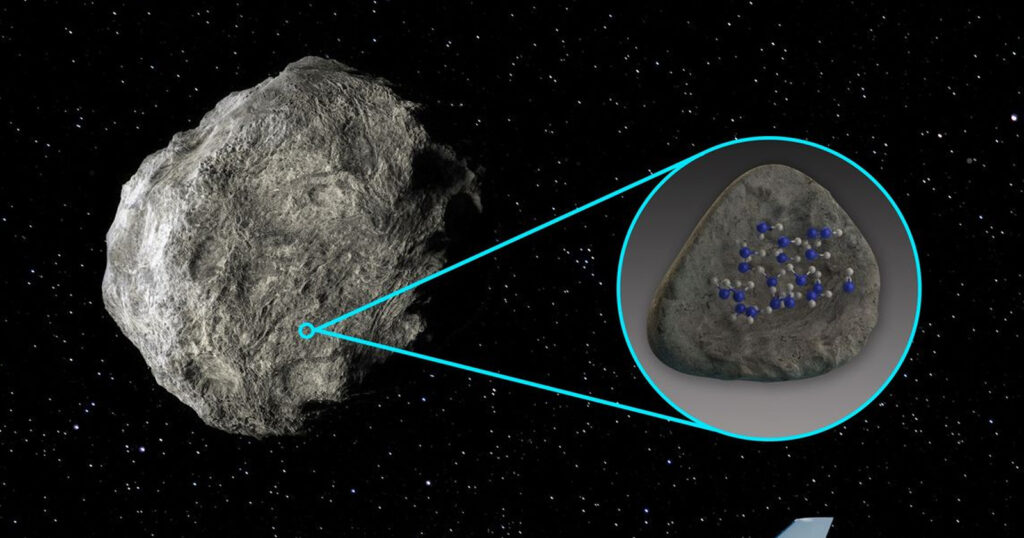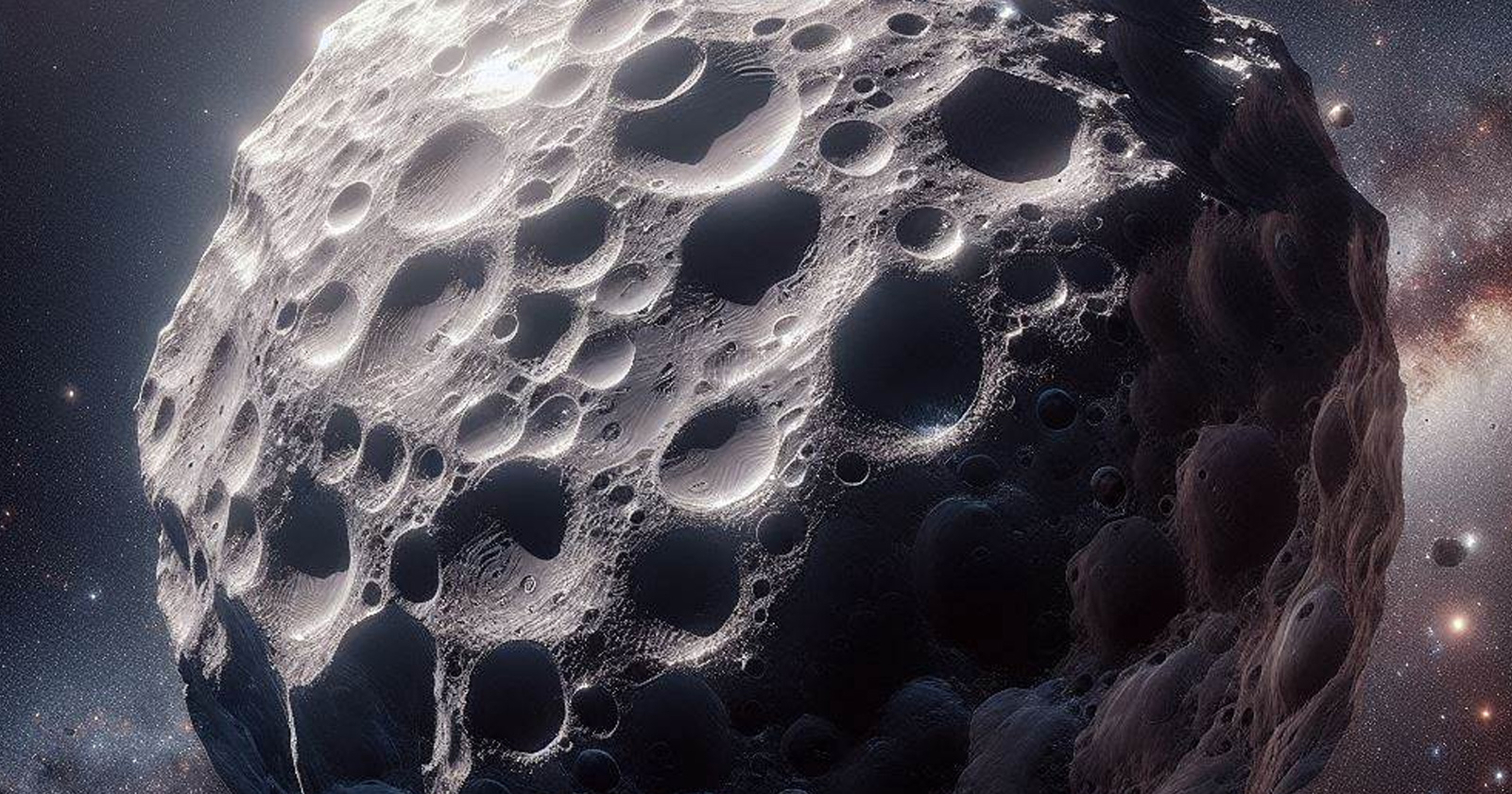Scientists have for the first time detected water molecules on the surface of an asteroid, shedding new light on the presence of water in our solar system. The new finding was made with data collected by NASA’s now-retired Stratospheric Observatory for Infrared Astronomy (SOFIA).
Water distribution on asteroids sheds light on Earth’s formation
The study, led by Anicia Arredondo of the Southwest Research Institute in San Antonio, was conducted on four silicate-rich asteroids. Using SOFIA’s Faint Object Infrared Camera (FORCAST) instrument, the researchers detected light at a specific wavelength on the surfaces of two asteroids, Iris and Massalia, indicating the presence of water molecules.

Arredondo spoke about the importance of studying asteroids that are remnants of the early planet formation process. Changes in their composition provide valuable information about the conditions of the solar nebula from which they originated. The distribution of water in asteroids provides important information about how water might have been transported to Earth.
Although water molecules have been detected in asteroid samples brought to Earth before, this is the first time they have been found directly on the surface of an asteroid in space.
Comparing the abundance of water in Iris and Massalia with that found on the Moon, researchers discovered similarities in water content. Water molecules may be chemically bound to minerals or adsorbed in silicate, similar to the conditions observed on the lunar surface.
The findings contradict previous assumptions about the distribution of water in the solar system. It shows that some silicate asteroids, traditionally thought to be dry due to their proximity to the sun, can hold water for long periods of time. It also suggests that such asteroids may be more common in the inner solar system than previously thought.
Asteroids are considered the primary source of Earth’s water and the elements necessary for life. Understanding the distribution of water in space is crucial for identifying potential habitats for life beyond Earth. The findings will help researchers determine where to focus their search for extraterrestrial life forms, both within our solar system and beyond.
The findings of the study were published on February 12 in The Planetary Science Journal. What do you think? Please don’t forget to share your thoughts with us in the comments section.














